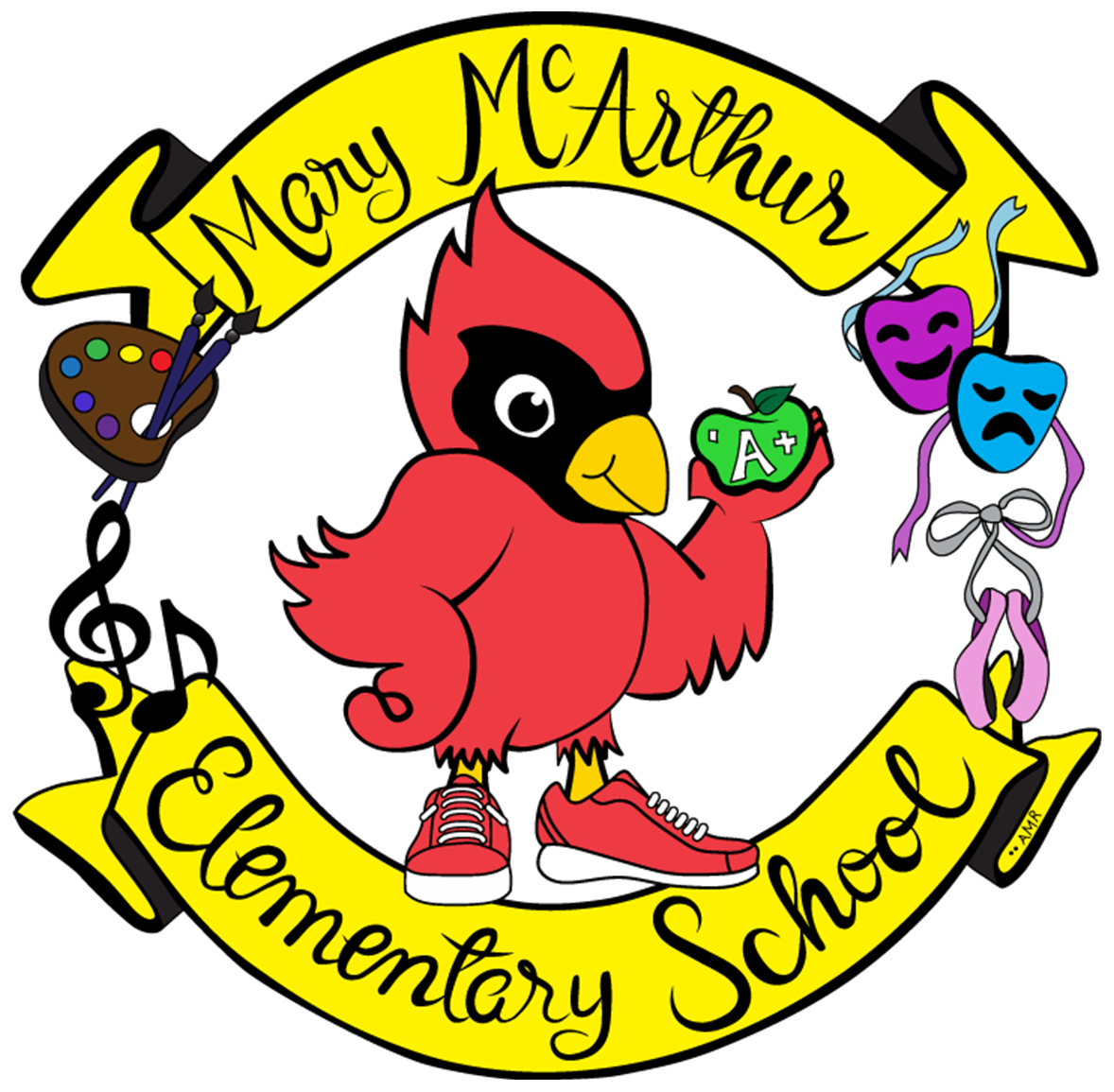Choice Program
Teaching and learning focus on “how are you smart?” rather than “how smart are you?”(Gardner’s Theory of Multiple Intelligences)
The two-way concept of integration between the arts (dance, drama, music, visual arts) and academics occurs throughout every day.
Encourages creativity through hands-on learning experiences
Develops partnerships with parents, community, art resources, and higher education to enhance learning experiences
Ongoing Professional Development for principals and teachers and active participation in the NC A+ Schools Program
NC A+ Schools are supported by the NC Department of Cultural Resources and has representation in the NC Department of Public Instruction.
The Dance Program
It is designed to encourage children’s natural enthusiasm for movement. The technique is not emphasized at this level, although groundwork is laid through the development of kinesthetic awareness and self-management. Students learn to recognize and demonstrate the basic dance elements of time, space, and energy/dynamics. Through the process of exploration, students discover how to utilize these elements to arrive at multiple solutions to creative movement problems. Students create, perform, analyze, and evaluate their work, and begin to understand dance as an art form.
The Visual Arts Program
Begins with the introduction of skills and concepts. The art classroom is an environment that encourages the growth of social skills such as self-reliance, cooperative behavior, and courtesy as students share supplies, perform classroom tasks, and make and discuss their work. Eye and hand coordination increases through the manipulation of art media and tools. From creating typically rudimentary forms and using limited linear symbols for objects, students move toward developing a rich and detailed vocabulary of shapes to express thoughts/ideas.
The Music Program
Is designed to encourage children’s natural enthusiasm for music. Through singing, playing instruments, creating, moving, guided listening, and other experiential involvement, young children discover and develop their musical abilities. Students learn to recognize and demonstrate the basic musical elements of melody, rhythm, harmony, texture, tempo, dynamics, timbre, and form.
